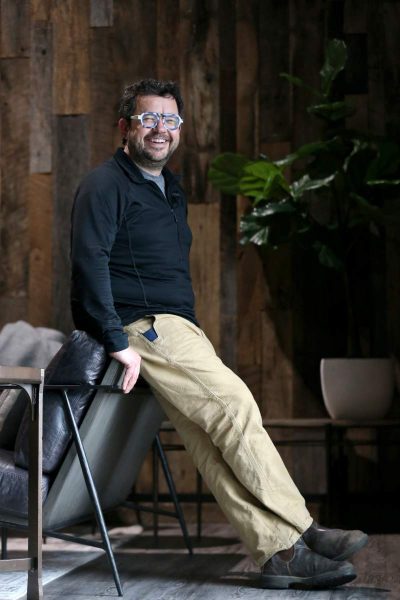
Within the domestic wine sector, in which Sonoma County is a major player, there is perhaps no greater heated discussion topic than natural wine.
Even the definition is subject to debate. Let’s call it wine made from organically grown grapes that get processed as minimally as possible. That means no added items such as lab yeast, enzymes, wood chips or refining to improve color or filtering to remove particles. Maybe a little sulfur is added at bottling for stabilization.
No two vintages of it are the same, and the bottles can be cloudy and a little fizzy and may have cidery notes. Some can taste like conventional wines and some can have more of a barnyard smell.
The idea seems simple, yet in the $71 billion U.S. retail wine market the matter remains obscure. After all, the traditionally hidebound wine sector has for decades marketed how certain wines should taste, smell and look — from buttery chardonnays to the dark fruit flavors of a cabernet sauvignon.
“Natural wine is a marketing shtick,” said David Ramey of Ramey Wine Cellars in Healdsburg. “We make natural wine. We use native yeast. We use native bacteria and we do not own a filter.”
Yet the product has caught on, especially with millennial consumers who value the transparency from the winemakers about their natural production process and are enamored with the different tastes and unique varietals. And what was once mostly the focus of hipster foodies from Oakland and Brooklyn has increasingly spread throughout the country and has taken root in Wine Country — where many small natural wine producers have honed their craft.
“These wines belong in Sonoma County. They belong in Napa,” said Hardy Wallace, partner and winemaker at Dirty and Rowdy Family Wines of Santa Rosa.
The winery, which operates out of a space at the Sugarloaf Crush facility, is typically noted as one of the leading purveyors of this natural winemaking style. It is entering its 10th year of business, though its caseload is still relatively small at about 4,000 cases annually.
“It is no longer a dirty word,” said Wallace, a former information technology worker from Atlanta who came to Sonoma County and worked previously for Murphy-Goode in Geyserville and Corison Winery in St. Helena. “Five or six years ago, it was like talking about heroin on the street.”
The popularity of natural wine has grown. In Santa Rosa, for example, it’s been helped by Miracle Plum, a Railroad Square purveyor of specialty goods that stocks only items made by local producers, including such natural wine labels as Raft Wines, Scribe Winery in Sonoma, County Line Vineyards of Sebastopol and Las Jaras Wines in Calistoga.
“If you are thinking about the food you are eating, the farming practices, the people who are making it, how it’s crafted, you should also be thinking about the wines you are drinking. How it is farmed and how it is made?” said Gwen Gunheim, co-owner of Miracle Plum.
The natural wines are also appearing on more wine lists in restaurants such as Cadet Wine and Beer Bar in Napa and Spinster Sisters in Santa Rosa. In fact, Bottle Barn in Santa Rosa will create for them, including organic and biodynamic wines as well, as the popular wine store has seen interest grow with both domestic and imports in the natural style.